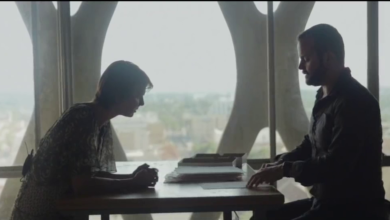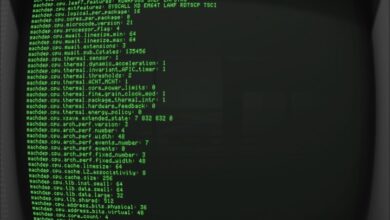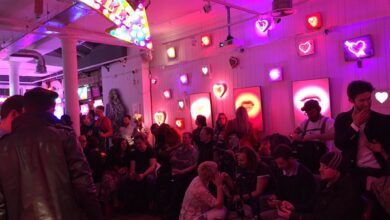Radical Data report – What did we learn?
Have you ever found yourself targeted by an over-intrusive marketing company in relation to a private life event you thought was kind of a secret? How, and whether at all, can you control what information finds it way to databases you had no idea existed? Where does the fine line between privacy and anonymity lie? What does a visual representation of raw data look like? These were some of the issues explored at last Monday’s Cybersalon’s Radical Data session by our brilliant panel of experts and an equally engaged audience.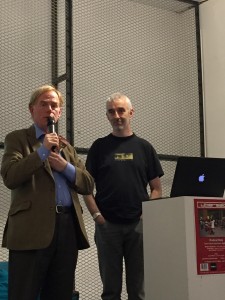
The discussion was opened by David Wood, Chair of London Futurists and Principal of Delta Wisdom, who explained how the “Digital Me” footprint we leave on the web can both inconvenience and benefit us in many significant ways.
With all our digital activity taken together, it is possible not only to catch a glimpse of our standard personal preferences, a general pattern of behaviour and disposition, but also a more transient state of mind and any spur-of-the-moment decisions we take. With our vulnerabilities and weaknesses becoming an open secret, Wood argued, it is easier than ever for companies to abuse them and make us consume more. However, there is also a massive potential to harness that type of information for our benefit, and make the very same companies serve us better and help us make more informed choices.
He outlined three scenarios in which massive amounts of personal data are collected and used, and the possible outcomes.
The huge amounts of digital data can be produced and collected in a variety of ways that range from being constantly observed by omnipresent cameras to ourselves leaking massive volumes of personal information through our click, money or even walk trails. Even those who go the extra mile to avoid exposure cannot be completely exempt as they can be a subject of the online conversations of their friends and colleagues.
The second scenario analysed a way in which politicians’ response to public disquiet about privacy could act as a brake on innovation and hinder many positive uses of technology. It highlighted the dangers of leaving the control solely to the government.
Lastly, Wood described how smart technology can be harnessed to operate on the side of the customers, not just the vendor, for instance through the use of smart digital assistants that help us make better everyday choices. They could, however, be prone to attacks due to the high volumes of personal data they store, therefore future will see a race to improve security. There is also a risk of such tools growing to know us better than we know ourselves.
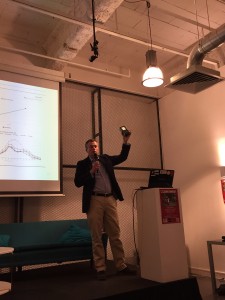 Next up was Matthew Hopkinson, Director of Local Data Company, the firm behind many of the retail statistics in a number of newspaper headlines. He shared some of his company’s startling findings on the state of British retail and observations on the correlation between location, business profile and profitability. However, he argued, it is not only business owners who can benefit from the massive amounts of data collected by Local Data Company. It is also the local councils who, by intelligent planning, can improve community relations and cohesion in the area, as well as customers whose shopping experience is enhanced as a result.
Next up was Matthew Hopkinson, Director of Local Data Company, the firm behind many of the retail statistics in a number of newspaper headlines. He shared some of his company’s startling findings on the state of British retail and observations on the correlation between location, business profile and profitability. However, he argued, it is not only business owners who can benefit from the massive amounts of data collected by Local Data Company. It is also the local councils who, by intelligent planning, can improve community relations and cohesion in the area, as well as customers whose shopping experience is enhanced as a result.
Hopkinson also presented a geo-location footfall counter used by his company to help retailers make crucial decisions by analysing footfall trends within a particular area
Nevertheless, Hopkinson’s admission that despite sharing some of Local Data Company’s painstakingly-collected information with universities and scholars for research purposes the vast majority remains private prompted a discussion on the ways geolocation data could be regulated.
Privacy and regulation were also a leading theme for David Birch, Director of Consult Hyperion and an expert specialising in electronic transactions and digital identity.
Birch drew on the observations made in his recent book, Identity Is the New Money, while making a case for the introduction of a totally cash-free society. He argued that, despite public concern about going digital, the cost of cash falls disproportionally on the very people who can least afford it. It is the poor who are most affected by the cash machine charges, or in a case of theft, for instance.
Birch also supported his claim with data from a Bank of England report, according to which only half of UK cash in circulation is used for transactions within the domestic economy. The rest funds the so-called shadow economy that encompasses a range of illicit activities, or is unaccounted for. He pointed out that the printing of physical money is incredibly expensive for the state, and suggested that switching to digital-only transactions would eliminate that cost. To illustrate the point, he waved a £50 note to the amused audience, emphasising that many businesses do not accept such a denomination due to fraud risk.
Digital payments, like any other activity, should not however come with total anonymity. Birch argued that introducing appropriate security and awarding accredited institutions control over it would be far more effective, and discussed ways in which abuses could be prevented.
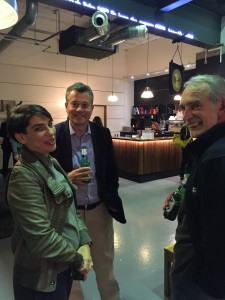 Lastly, Nick Rothwell, a digital visualisation artist and composer, elaborated on his work creating an artistic response to raw data. By showing some of his captivating artworks he argued that analysing data is not solely an intellectual exercise – it can be equally artistic and visual. He spoke about his collaboration with another digital artist, Marc Downie, for the Wellcome Collection that involved creating a unique digital artwork featuring a human-scale 3D animation of a figure resembling a dancer. Another project of his involved a digital emulation of cancer cell growth in a human body. The haunting artwork was displayed at the London’s University College Hospital Macmillan Cancer Centre.
Lastly, Nick Rothwell, a digital visualisation artist and composer, elaborated on his work creating an artistic response to raw data. By showing some of his captivating artworks he argued that analysing data is not solely an intellectual exercise – it can be equally artistic and visual. He spoke about his collaboration with another digital artist, Marc Downie, for the Wellcome Collection that involved creating a unique digital artwork featuring a human-scale 3D animation of a figure resembling a dancer. Another project of his involved a digital emulation of cancer cell growth in a human body. The haunting artwork was displayed at the London’s University College Hospital Macmillan Cancer Centre.
Rothwell also drew on his experience turning raw data into a variety of artistic responses, including sonification as well as eliciting architectural response to it, to the admiration of the mesmerised audience.
by Lidia Kurasinska

